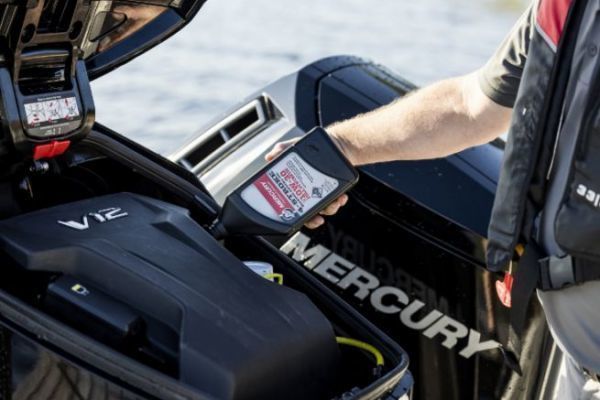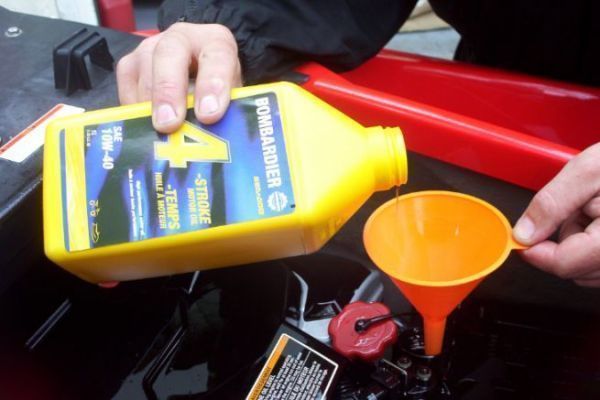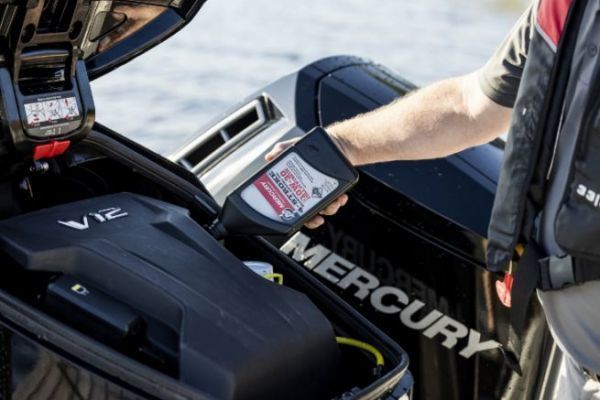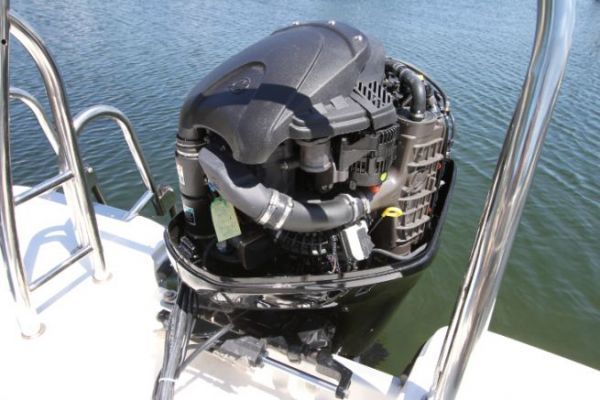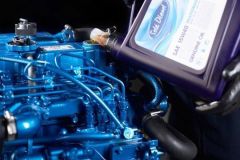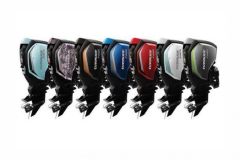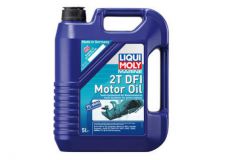Viscosity
Technically speaking, viscosity (or SAE grade) is a measure of a fluid's resistance to flow. Bear in mind that during normal engine operation, oil circulates several times around the circuit every minute, hence the importance of viscosity. In the case of motor oil, viscosity is indicated in two ways (or two grades), the cold grade, also known as dynamic viscosity, and the hot grade, also known as kinematic viscosity.

Cold grade oil
The cold grade is a number followed by the letter W, while the second number indicates the hot grade. The cold grade gives an indication of the oil's ability to start the engine and prime the oil pump when cold, i.e. its fluidity when the engine is cold and its ability to "stick" to the walls. There are generally four cold grades:
0W: approx. -30°C (-22 F)
5W: approx. -25°C (-13 F)
10W: approx. -20°C (-4 F)
15W: approx. -15°C (5F)
In simple terms, the lower the index, the better the cold viscosity, which is why a fairly low index (below 10) is often recommended for cold climates or winter.
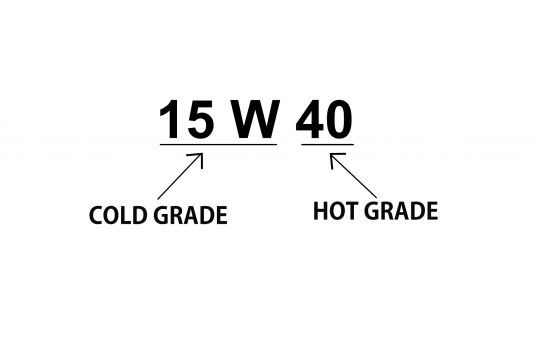
Hot grade oil
Hot grade is an indication of the thickness of the oil film when the engine is hot (100 and 150° C (200 to 300 F). There are five grades for this purpose: 20, 30, 40, 50 and 60. A high number indicates a thick oil film, ensuring protection and sealing. Conversely, a low number reduces friction and therefore saves fuel.
To sum up, an engine that doesn't run very fast or is rarely used at full load will be better off with a low hot grade (up to 40). On the other hand, a very powerful motor that runs very fast and rises in temperature will benefit from protection with a hot grade above 40.
For example
To better understand the implications of these different ratings, consider a few examples:
A 5W30 oil will have good viscosity when cold, whereas when hot, it will reduce friction, but provide less protection and therefore degrade faster at full load.
A 20W50 oil, on the other hand, will have poorer viscosity when cold (you'll have to be gentle when starting up), but will stand up better to operation at full load.
The aim is to find the right balance between good protection and low consumption.
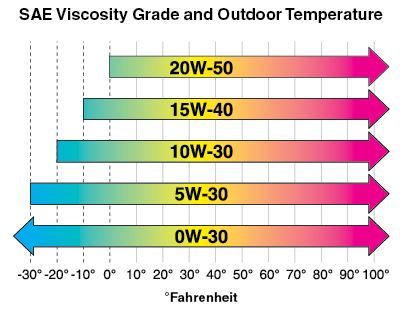
Photos Amsoil
Mineral, synthetic or semi-synthetic oil
In addition to viscosity and performance, there are three types of oil on the market: mineral, synthetic and semi-synthetic. It's mainly a question of quality and, of course, cost.
Mineral oil
Also known as multigrade, mineral oil is the least expensive, but also the least sophisticated. It's a good choice if you're on a tight budget and have an old or low-performance engine.
Synthetic oil
In contrast to mineral oil, synthetic oil is the result of extensive research. It is highly advanced, with high lubricity and good resistance to high temperatures. This quality of oil is perfect for high-powered, high-performance, high-load engines and the most modern mechanical systems.
Semi-synthetic oil
The most versatile oil on the market. High-temperature resistant and highly lubricating, it is suitable for virtually all engines, especially for pleasure craft.
